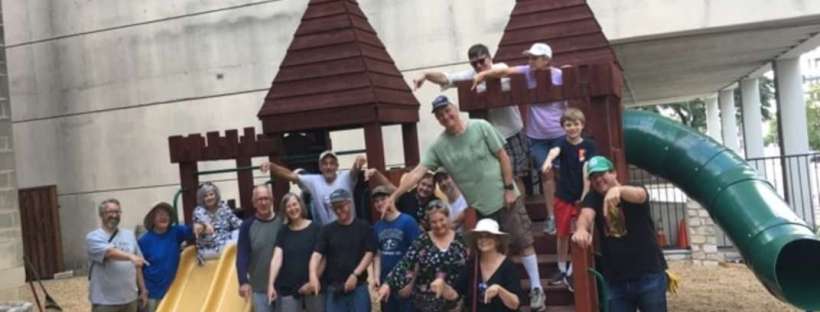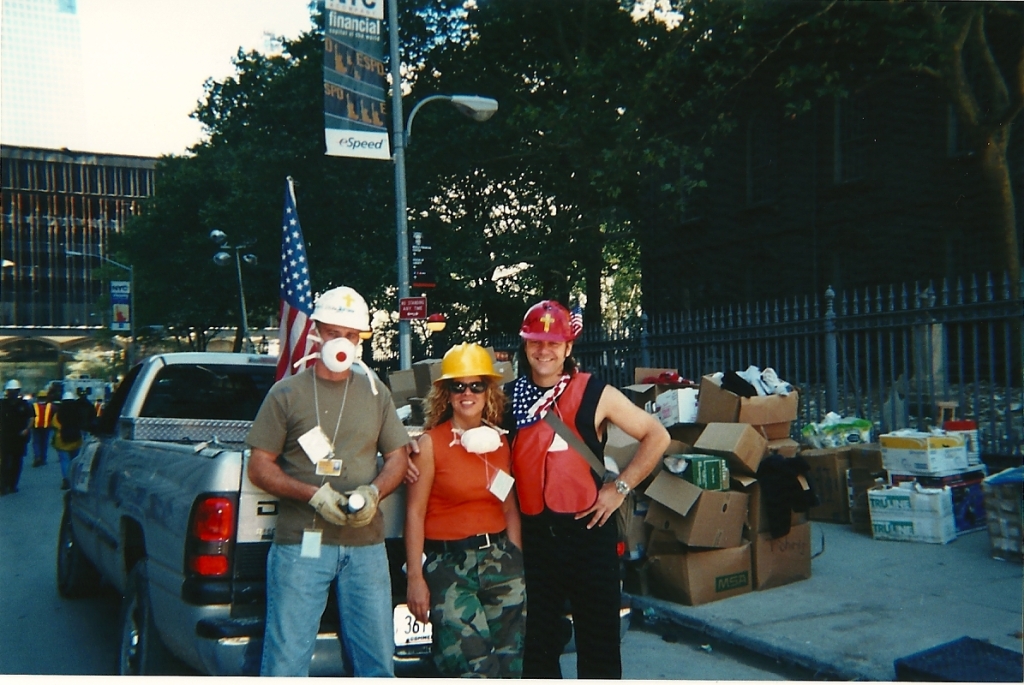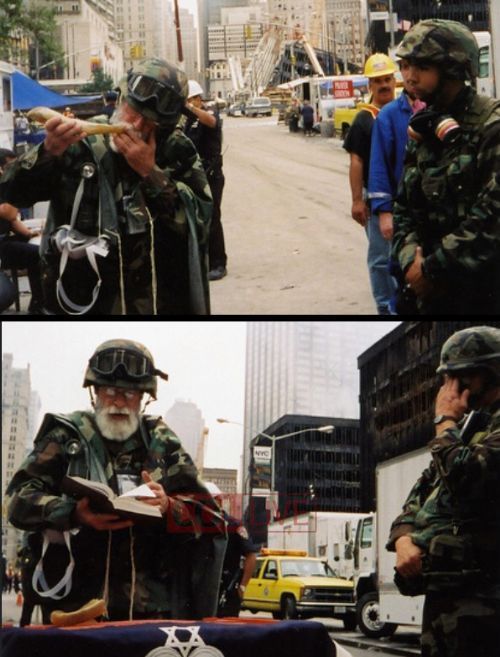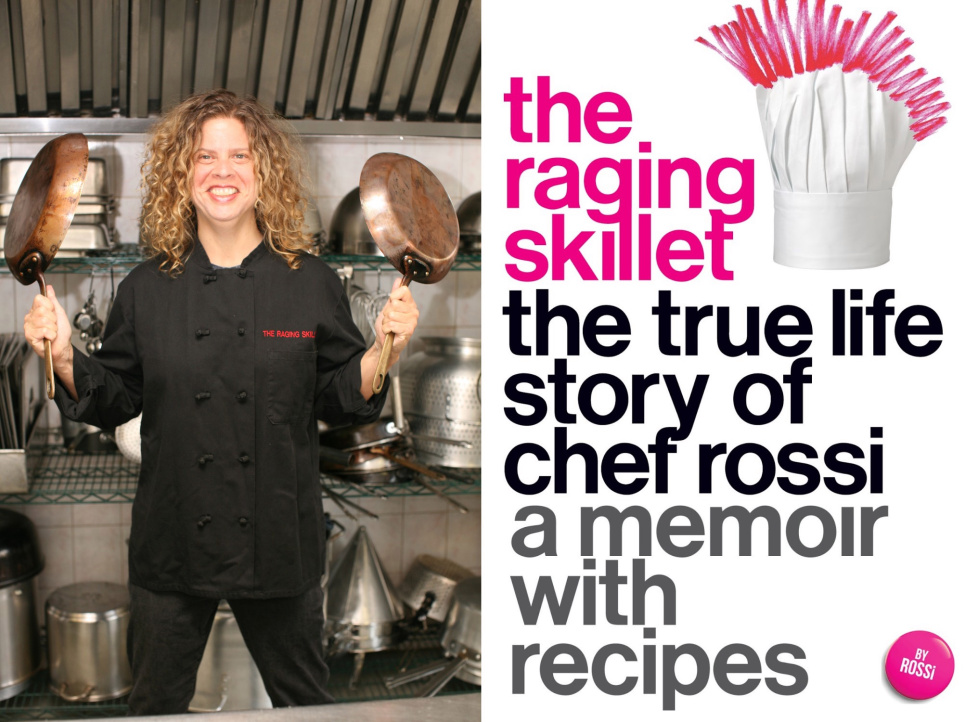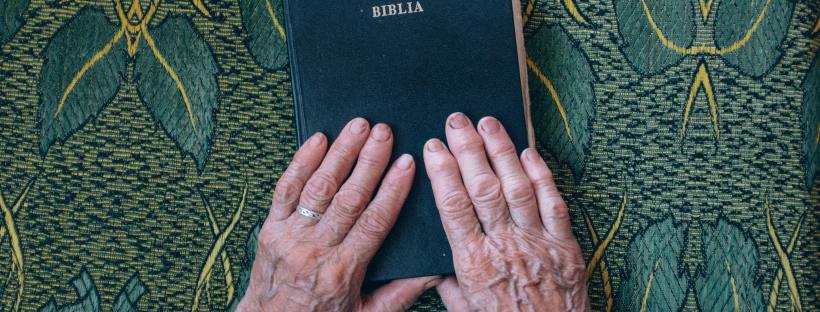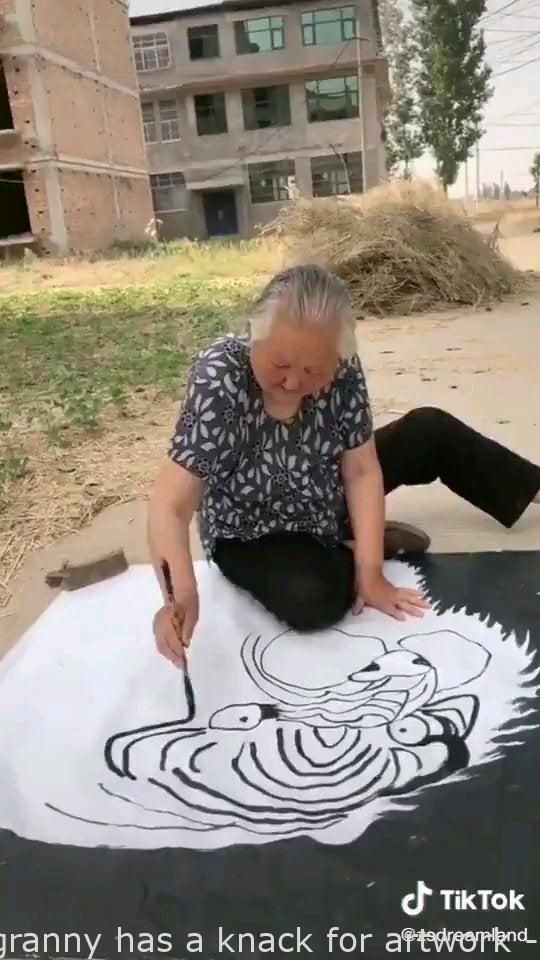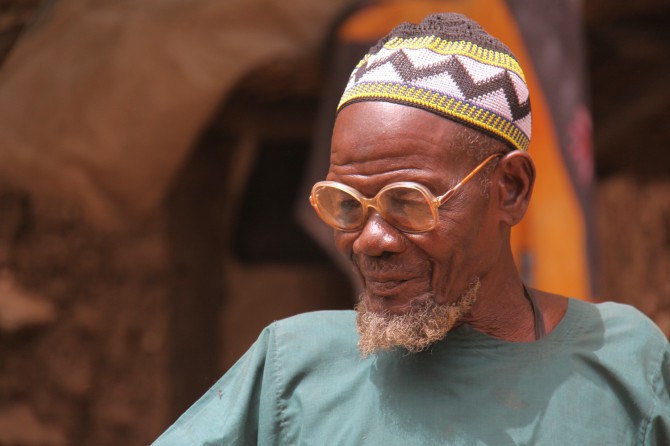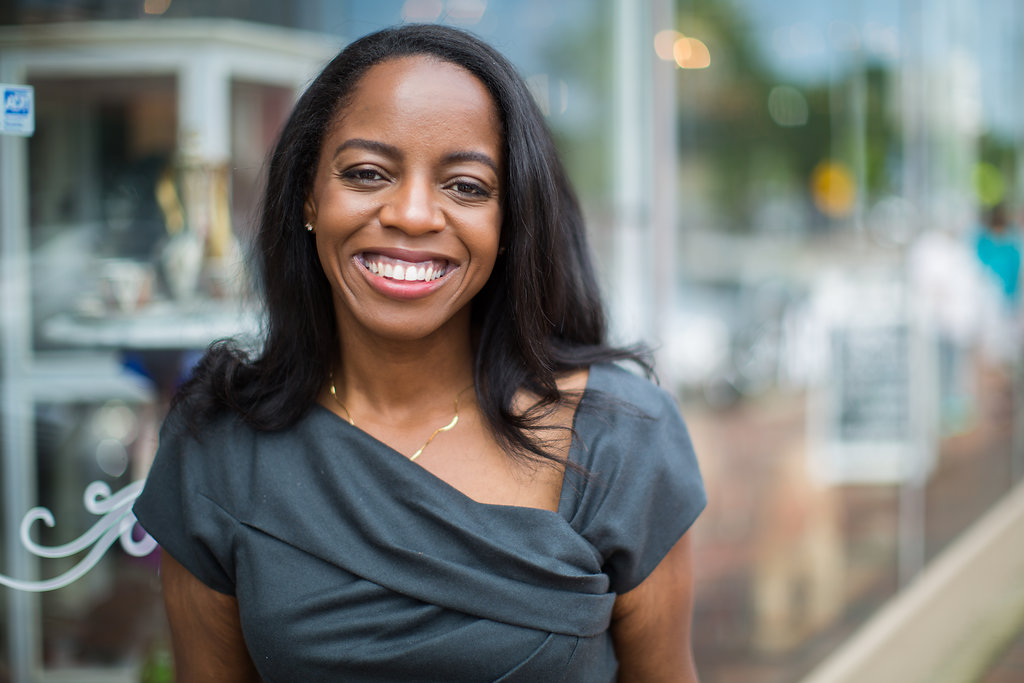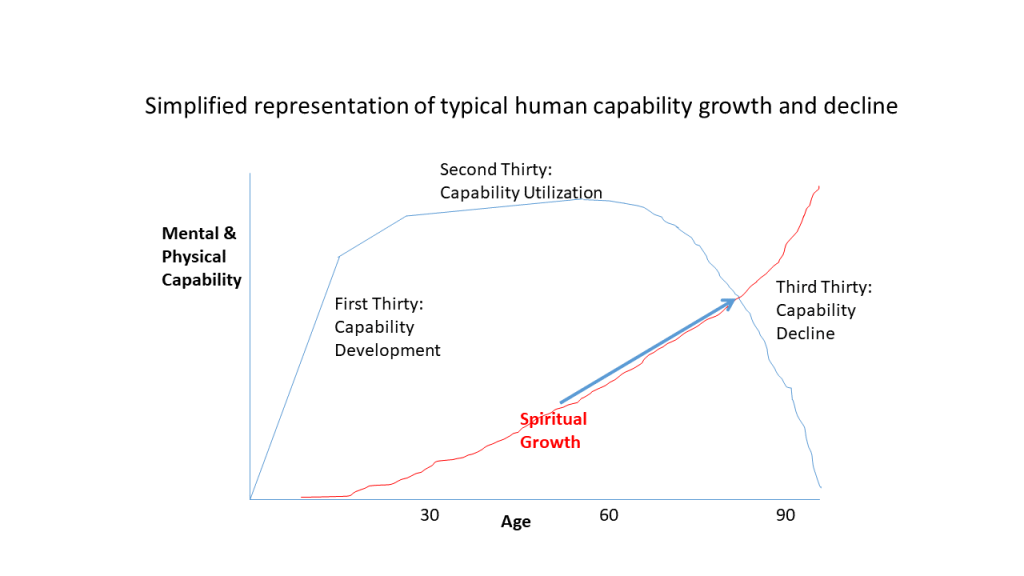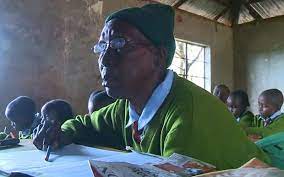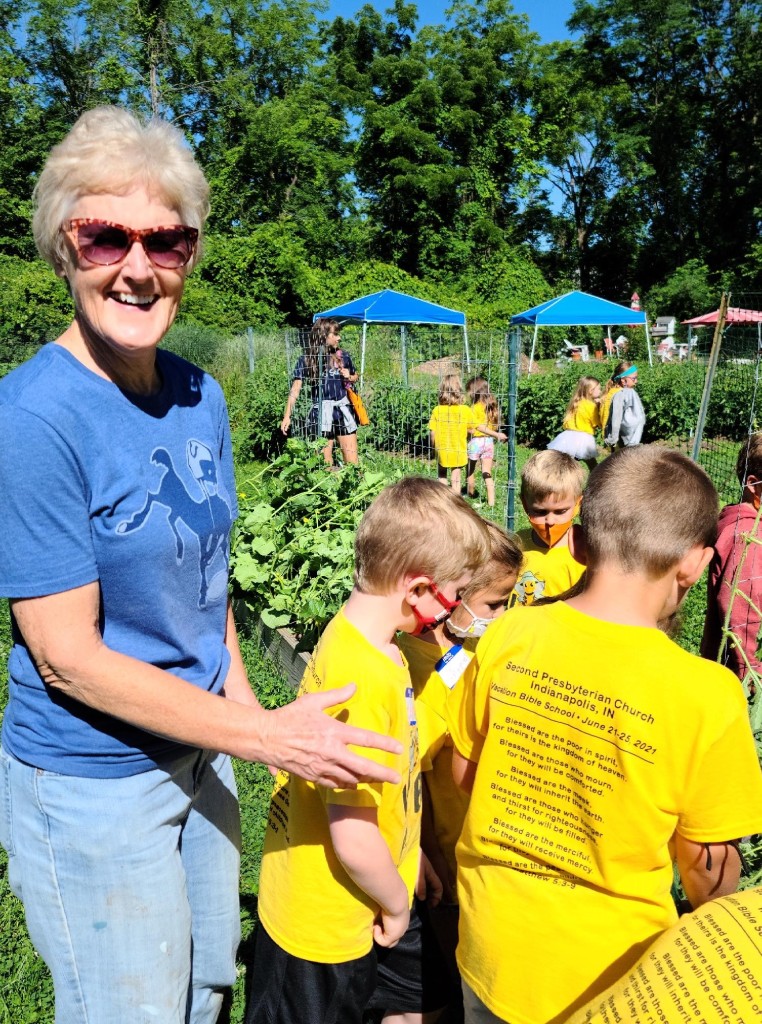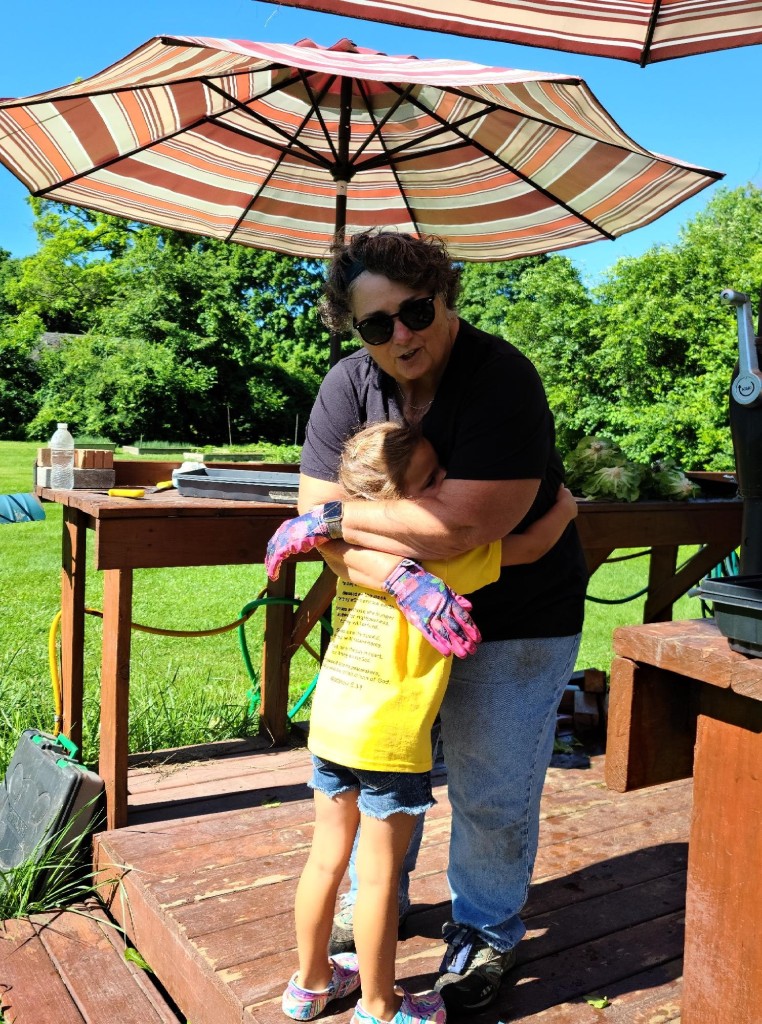A reprint of the author’s blog from April 2022 (used with permission)
Many churches still find success with doing summer Vacation Bible School (VBS), but others have seen a decline in volunteers and attendance and are searching for different ways to engage their community and church members over the summer. I went on a hunt to try and find ways churches have successfully done this, so that we can share these ideas with each other! I was not disappointed! There are some wonderfully, creative people out there!
First, I’ll share with you all the ideas that I found that fall under “alternatives” to VBS. Although, some churches said they did these events along with VBS. But, it’s honestly up to where you are located, your facilities, your resources, etc. You do what works for your church and community! Personally, I LOVE VBS and it was one of my favorite things to plan all year…but, after reading some of these ideas – I may be rethinking things! Summer is a great time to reach unchurched families (and, of course, your own families) and I would love to implement a few of these ideas!
After sharing with you the alternatives to VBS, I’ve included at the end different names people have used for VBS. Some wanted to get away from the “old school” name and promote it in a different way. Others wanted to reach out to unchurched families who may not know what “VBS” is all about. And still others said that they simply wanted to market themselves as something different because they were in an area where there were VBS’s on every street corner!
If you’ve had success with any of these suggestions, or you have one to add, please feel free to comment at the end and share it with us! You never know – your idea might be exactly what another church needs!
Alternatives to VBS
First off, let me preface all these ideas with this: you need to figure out what schedule works best for your church and community. After reading through about 100 different ideas, I realized that not only is every church and community unique, but the families that make them up are unique. So, think about your community – do they travel a lot during the summer? Do they hop between one VBS to another all summer? Are they very sports oriented? Etc. Think about your own church families. Do they travel a lot over the summer? Do you they need full-day care? Are most of the families working families? Etc. And lastly, look at your immediate community around you. What are their needs? Is there something missing you can provide? Put all of this together and it will help you decide if you want something one day a week for a month, or a weeklong camp, or something in the evening, or in the morning, etc. Once you have THAT decided, then you can move on to what you want to provide. Most of the suggestions below can be tweaked to be done over one week, 3 days, every Wednesday for 6 weeks, all day Saturday, etc.
- LARGE COMMUNITY FAMILY DAY: There were a lot of these ideas floating around. It’s like a retreat – but just one day…and at your church. Many churches created a theme around the day and based all their activities around it. Others used an actual VBS curriculum and had stations for the families to participate in – but you could use the talents and gifts in your church and offer stations in that (think knitting, wood carving, storytelling, archery…whatever!). This would be a one day event that would take place sometime over the weekend. One church suggested live music and meals as well.
- FAMILY FUN NIGHTS: This was a very popular idea that had lots of variations. Some churches picked an evening and did it for a month, others for 6 weeks, and some ambitious churches did it the whole summer! Depending on the time, you could provide dinner or dessert. Then, treat the evening like it’s own VBS. Have an opening and closing large group time, then break out into different age groups. Some churches provided activities from birth to adult, others just for prek/elementary. Each evening, although it could fit an over-arching theme for the summer, was it’s own stand-alone event…so if you missed one it wasn’t a big deal. Most churches seemed to split up the families and have each age do their own thing – but I could see this being an intergenerational event as well!
- FAM JAM: (love the name!) One church turned their evening VBS into a family 3-night event. They had meals, worship, family time break out groups and then games. Sounds fun! As I mentioned above, this idea could be done a variety of ways – every night for a week, once a week for a month, etc.
- Bible Adventure Park: (think carnival meets VBS!) This sounds more like a family event then just for kids. The event is organized like a theme park where every event area is focused on a different Bible Story (you could almost use a VBS curriculum). There could be storytelling, games, crafts, music, etc. Have a closing time where the entire group gets together and you can do a short message and sending. You could also add in other games and stations that are carnival-ish – photo booth, balloon animals, face painting, etc. You could also put out games like 9 square in the air, bounce houses, etc. Lastly, you could tie in a mission element by telling people the entrance fee is a donation to a clothing or food bank.
- Backyard Bible Camp – This is a very popular model that I saw a LOT of churches doing. I also saw mentioned that LifeWay has a curriculum for this – “On the road VBS”. Some churches called it “Pop Up VBS”. Ask 3-5 of your parents to host a “backyard VBS” at their house (or use various parks). You do all the work – provide supplies, volunteers, etc – they just provide the location (and kids!). The idea is to think strategically and plan your “pop ups” in neighborhoods that have a lot of kids. You limit the amount of “outside” kids that can attend and concentrate on that neighborhood.
- Service Week/Serve and Sun– I LOVE this idea, but transportation would be a real pain with younger kids (car seats). In addition, some of these places might be too much for younger kids to handle. I can see this working well for older kids (maybe 2nd/3rd grade and up). These churches take their kids out into a different place in the community every day for a week. Nursing home, animal rescue, homeless shelter, etc. Another option, is to look for places that are in an area where you could “chill” after serving (a park, pool, restaurant, mall, etc). Many churches made this an all day event and served in the morning, and then did something “fun” in the afternoon (movie, zoo, swim/lake/beach, etc). They picked one day a week for a month for their “serve and sun” days. Or, others picked 3 times during the summer (with the hope that the kids would be able to go 1-2 times).
- Change your VBS to a Family style VBS – Thinking back to a couple of churches where I worked, this wouldn’t work well. But other churches say that their families LOVE the opportunity to do something together. So, think about your specific population and if this is something you could do (it would eliminate the need for a lot of volunteers!). You could have a break out time where the kids, youth, and adults separate for a bit to do their “own thing” and then gather back together.
- SUMMER PLAYGROUND DROPOFF – The schools in our area set up this “drop off” service every weekday at different parks around the community. It was an all day thing (which I think, in the middle of summer, is way too hot for), but this could easily be adapted for a half day event. I really like the idea of this one as well. To avoid the hottest part of the day, I would do it 8-11am, and serve a light breakfast when they arrive (so parents don’t have to worry about it), and then a snack. Parents would pick them up before lunch. Treat it like an outdoor VBS and have songs, games, crafts, etc. You could pick various parks throughout your city so you can get your message out to every child…or, pick the park closest to your church so you can reach the kids in your neighborhood. The logistics would be the hardest part to this I think – you would need all of the safety information for each child, every week. If you stayed at the same park, this might eliminate some of that as you would have repeat kids each week. But what a wonderful outreach to the community. (And if some families are at the park and want to join in with their kids – they could!) One church said they had a great facility/play area on their grounds, so they set up a “snack and craft in the park” a couple times a week. Entire families would stay and do crafts, have a snack, and play games 😊 Another church called this “Popsicles in the Park” and would bring popsicles to share while they read a Bible story, did a craft, and then played together on the playground! Easy and fun!
- Skills Camp – MANY churches were doing some kind of variation on this. Instead of planning a curriculum and finding volunteers, do the opposite and find the gifts in your church and create a curriculum around THAT! You can offer this for a full week, throughout the summer, in the evenings – whatever! I read about so many different skills that could be taught – sports, music, knitting, woodworking, leatherworking, cooking, nature activities, drawing, magic, etc! If you can offer a lot of classes, it keeps the class sizes small (which helps the teacher) and helps build relationships. You can combine this with a light meal afterwards and/or an opening/closing time when you’re altogether. If you do a meal afterwards, kids can get up and share what they’ve learned!
- SPORTS CAMP/ART CAMP – This is a very popular alternative out there for VBS. And, evidently there is a popular curriculum out there that helps you with it! You pick whichever sports you would like, and then follow their curriculum. Many churches balance this out with an Arts Camp (which I think is a good idea – many kids aren’t into sports). One church decided that so many kids in their area loved to skateboard (or wanted to learn), that they held a skateboarding camp! Way to meet the needs of your community! They learned to skate, had a snack, learned about Jesus, skated some more, and then shared lunch together. There is a curriculum that many churches use called Mega Sports Camp – I read mixed reviews. I love what one church offered – in addition to the “sports” choices, they offered cheerleading and flag corps and had the local high school kids help out! The also made their own flags 😊
- MUSICAL/THEATER CAMP – This is also a fun idea – especially if you know you have kids that would be interested in it! You spend an entire week learning and rehearsing a musical and then present it on the final night! Once church stepped this up by inviting their local High School theater department to help out! The kids can sign up to be in the musical, help with lighting, sound, costumes, or sets! I love it!
- SUNDAY CAMPS – This is an interesting idea – and I can see how it would fit well with certain churches (maybe smaller churches/growing churches/etc). If you’re very short on volunteers, you could couple your Sunday morning (or afternoon) activities with a VBS. A few churches actually held theirs during their Sunday school hour. They ramped it up, had special activities, guests, tshirts, etc. and then after the church service was over, you could serve lunch for the families in attendance. Another church held theirs right after church. Every church that tried this said it was very successful for them and they’d be doing it again!
Alternative Names for Vacation Bible School






